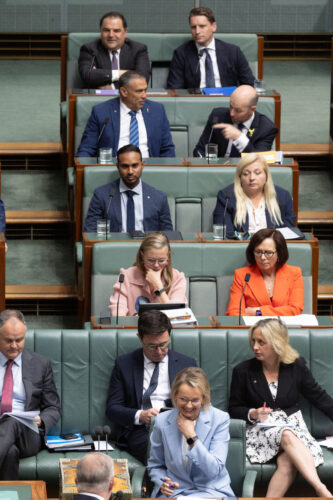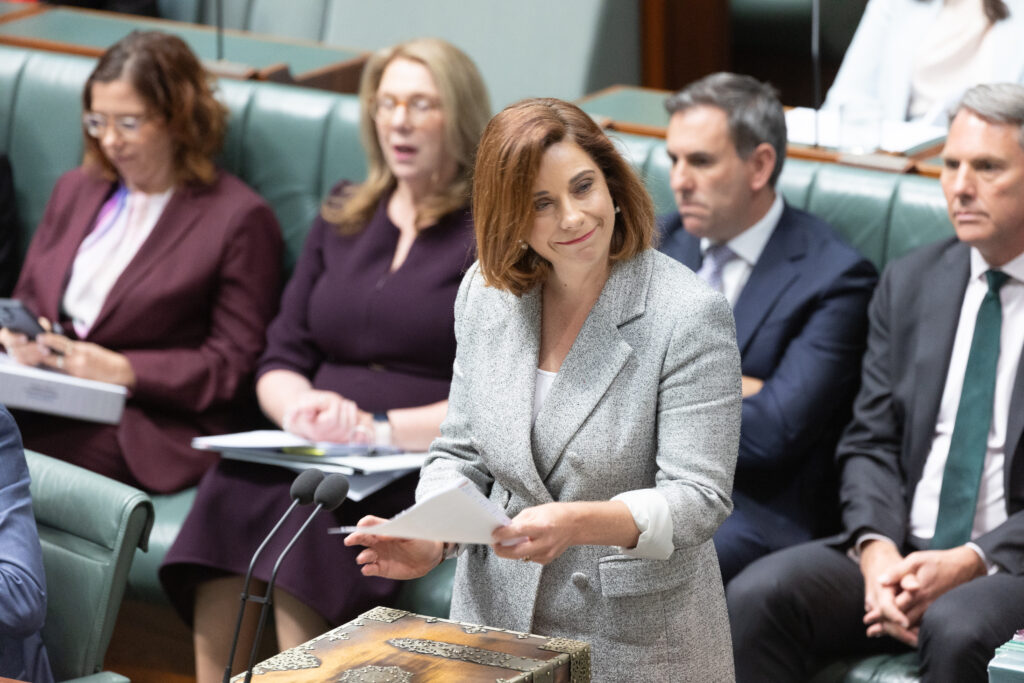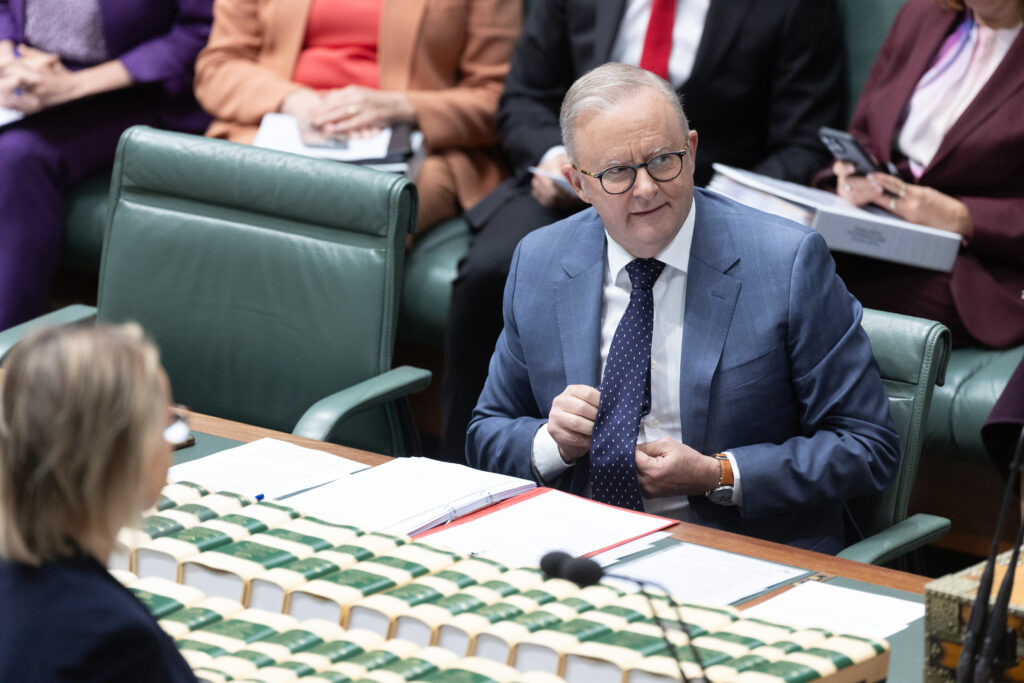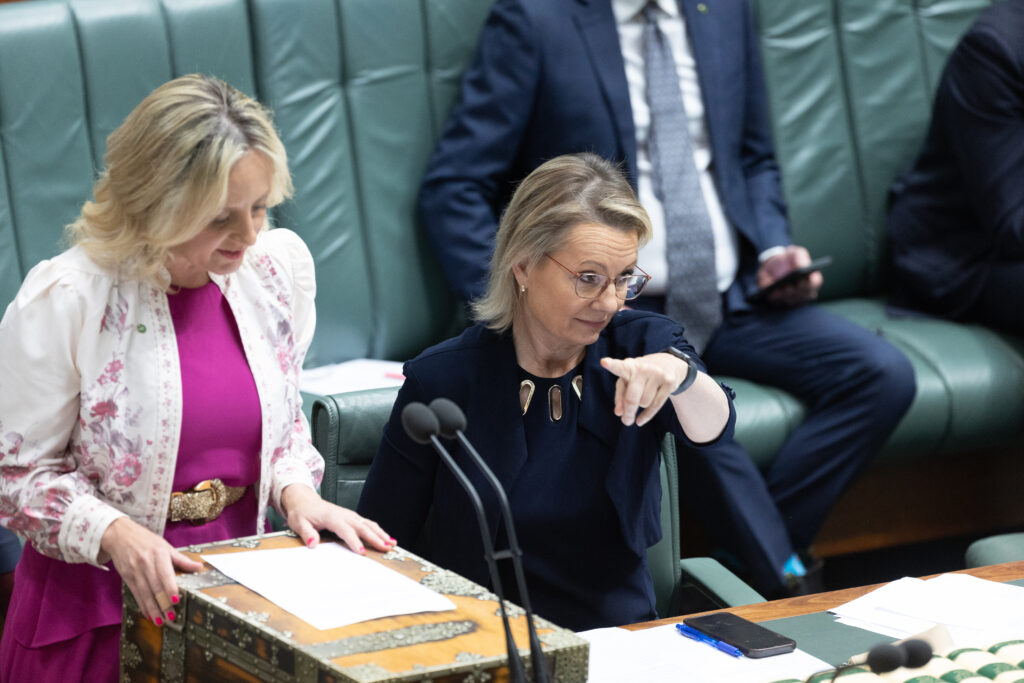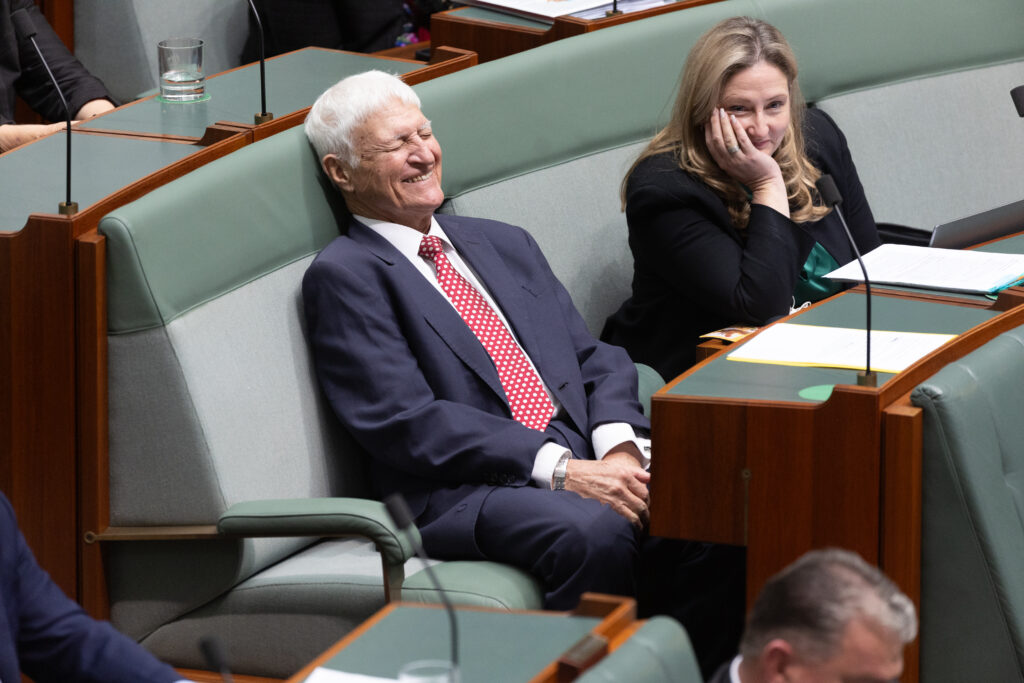Frank Yuan
Postdoctoral Research Fellow
Yesterday at Senate estimates (the Rural, Regional Affairs and Transport Legislation Committee to be exact), Senator Bridget McKenzie has flagged the potential impact of tree-planting on agricultural land.
To achieve the Albanese Government’s 2035 emissions reduction target of 62 to 70 percent, Australia will need to remove a total of 100 million tonnes of carbon dioxide from the air by 2035, according to the CSIRO modelling on which the government’s target is based.
For a start, if Senator McKenzie and her colleagues are genuinely concerned about the impact on agriculture by either climate change or mitigation efforts, they would support policies addressing the root of the problem. That is, fossil fuel extraction and usage which put excess carbon in the atmosphere in the first place, and native forest logging which deprives the land of its natural carbon sink.
It makes no sense trying to scoop out water from a leaking boat without fixing the leak.
In answering Senator McKenzie, a Deputy Secretary of the Department of Agriculture, Fisheries and Forestry noted that, in the agricultural sector, existing technologies will have to do most of the emissions reduction work in the next 10 years, as other technologies gradually mature. By implication, tree-planting may be the most important way for land-use sector to capture carbon.
ABC’s Alan Kohler agrees: the most viable way to capture carbon for the immediate future is to plant new trees, over an area of about 10 million hectares, roughly half the size of Victoria.
Given Australia’s experience before, it’s crucial that the government carefully design any such program to ensure long-term efficacy. A tree-planting program had been carried out under the Abbott Government, resulting in about 30,000 hectares of revegetated forest by 2021, that’s only 0.3% of the scale needed to make the 2035 target possible.
That relatively small program had both conservation and carbon reduction as its objectives. But as experts have pointed out, the benefits were limited on both fronts. Because the government prioritised minimising “cost per tree” with its competitive grants for private providers, the planting of certain tree species (such as tropical rain forest trees) were hardly funded. It also meant that the funding was not specifically directed to areas with high potential for carbon capture.
If the Albanese Government is serious about meeting its 2035 emissions target, it will need to generously fund tree-planting projects, and to fund them according to a rigorous process so that the trees are planted where they grow the best and where they matter the most.
